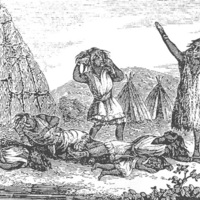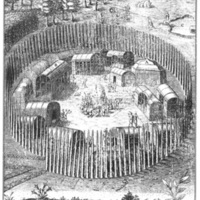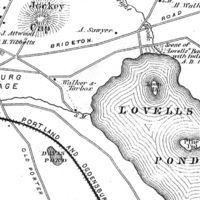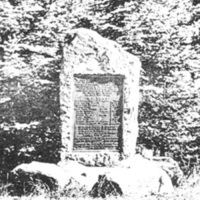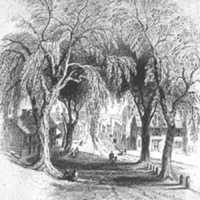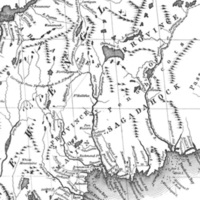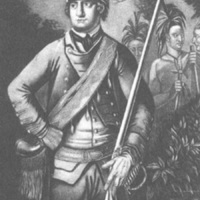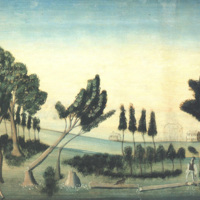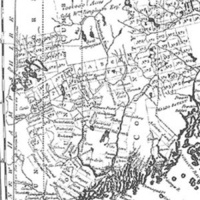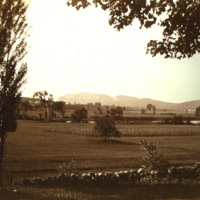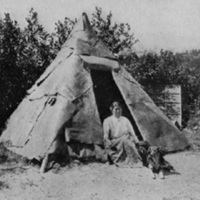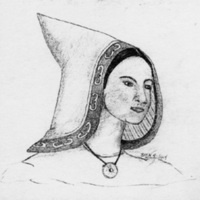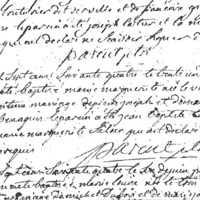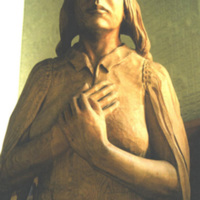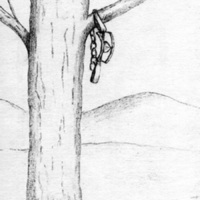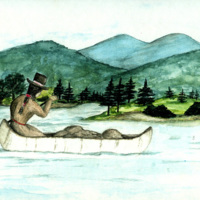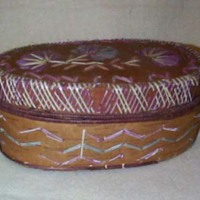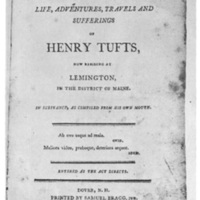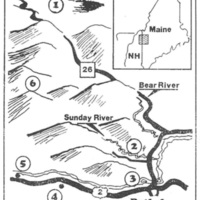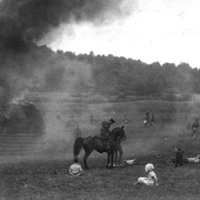Browse Items (5850 total)
"Great Dying"
Still Image / Available Online
Collection: Molly Ockett Exhibit images
Indian Fort
Still Image / Available Online
Collection: Molly Ockett Exhibit images
Fryeburg 1880 map
Still Image / Available Online
Collection: Molly Ockett Exhibit images
Lovewell monument
Still Image / Available Online
Collection: Molly Ockett Exhibit images
1613 Saco, Maine map
Still Image / Available Online
Collection: Molly Ockett Exhibit images
Plymouth, MA
Still Image / Available Online
Collection: Molly Ockett Exhibit images
Mitchell map
Still Image / Available Online
Collection: Molly Ockett Exhibit images
Robert Rogers
Still Image / Available Online
Collection: Molly Ockett Exhibit images
View of Paris Hill, 1802
Still Image / Available Online
Tags: Paris Hill (Paris, Me.)
Collection: Molly Ockett Exhibit images
1795 Carleton map
Still Image / Available Online
Collection: Molly Ockett Exhibit images
Hanover intervale
Still Image / Available Online
Collection: Molly Ockett Exhibit images
Indian teepee
Still Image / Available Online
Collection: Molly Ockett Exhibit images
Molly Ockett with cap
Still Image / Available Online
Collection: Molly Ockett Exhibit images
Molly Ockett's daughter's baptismal record
Still Image / Available Online
Collection: Molly Ockett Exhibit images
Statue at Odanak
Still Image / Available Online
Collection: Molly Ockett Exhibit images
Bag of Corn
Still Image / Available Online
Collection: Molly Ockett Exhibit images
Trap in Tree
Still Image / Available Online
Collection: Molly Ockett Exhibit images
Molly Ockett in Canoe
Still Image / Available Online
Collection: Molly Ockett Exhibit images
Molly Ockett birchbark box
Physical Object / Available Online
Collection: Molly Ockett Exhibit images
Bloodroot
Still Image / Available Online
Collection: Molly Ockett Exhibit images
Henry Tufts book
Still Image / Available Online
Collection: Molly Ockett Exhibit images
Indian Raid map
Still Image / Available Online
Collection: Molly Ockett Exhibit images
Segar narrative
Still Image / Available Online
Collection: Molly Ockett Exhibit images
Indian Raid 1931
Still Image / Available Online
Collection: Molly Ockett Exhibit images
Early view of Boston
Still Image / Available Online
Collection: Molly Ockett Exhibit images

